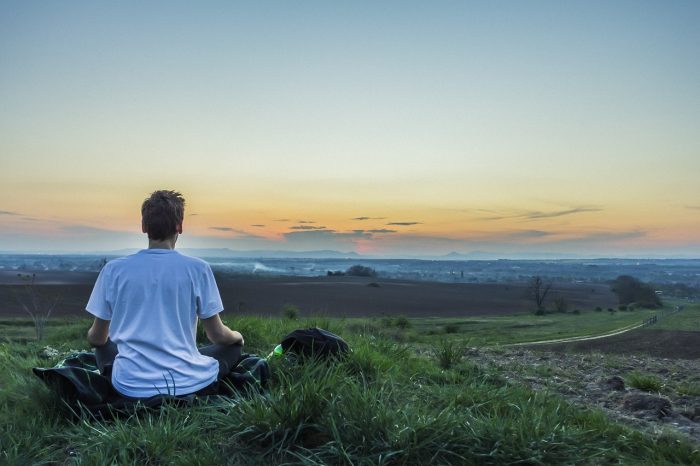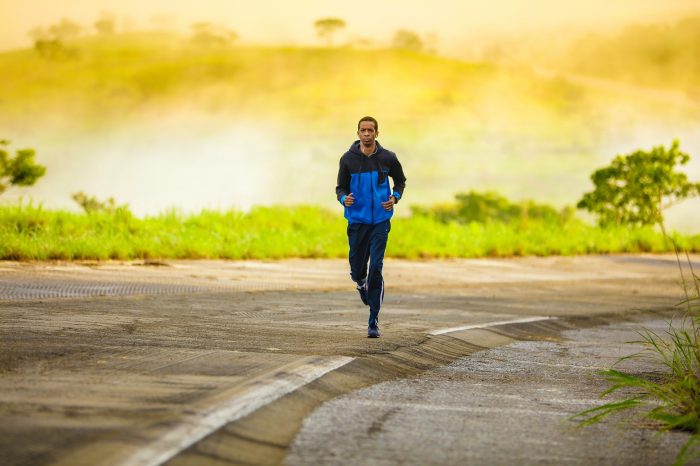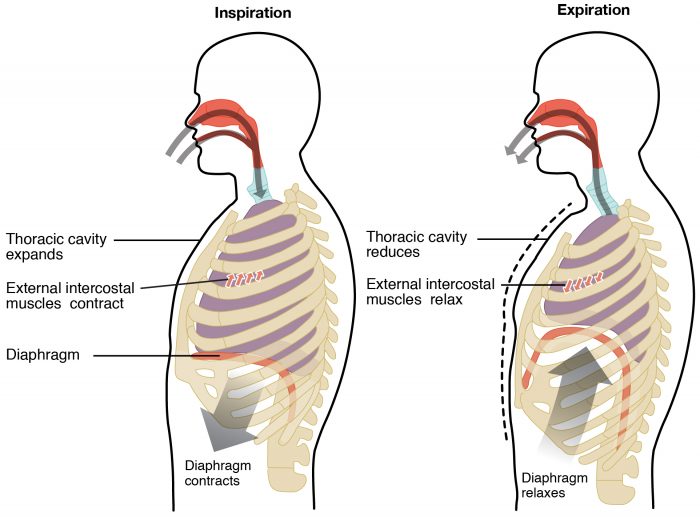Do You Breathe?
Last week I took a Kundalini yoga class, a class that typically consists of many continuous repetitive movements (it really gets your heart and lungs working). About halfway through the class we’re all supercharged with body heat and sweating like animals. The teacher asks the class during a very intense sequence -which felt like never-ending squats, “are you breathing?”. Within a group of about 50 yogis, one student along the back wall yells “NO!”. Everyone laughs. They know they aren’t breathing either, guilty!
We all breathe, so why don’t we all know HOW to breathe? In my yoga classes, I find myself always guiding my students back to their breath because we always tend to lose it!

Finding Your Breath: Belly Breathing
I invite you to take a moment. Remove yourself from your busy day. Enter a quiet room, find a comfortable seat. If you can’t find a space to be alone in this moment, gently closing the eyes while practising this exercise helps.
To a count of 4 seconds, exhale all breath from your lungs.
Now, take a deep inhale to a count of 4 seconds. Breathe into your belly, rib cage, back, shoulders and chest. We’re aiming for full lung capacity here, keep expanding. You can imagine filling your belly like a balloon to help achieve this quality of expansion.
Once you cannot inhale anymore, take a nice 4 second exhale. Continue to exhale until you have no air left to release.
Now, repeat 7 more times. Keep your attention on the sensation of breathing. Let these be the deepest breaths you have taken all day, maybe even all week.
As you breathe notice how you feel. Tension dissolving in the body, mind quieting.
It feels GOOD, right?
The Mind/Body Connection & Breath
So why is it that when we intensely exercise, we stop breathing?
When we get really nervous, we stop breathing?
When we get stressed, we stop breathing?
Isn’t it counterintuitive? When our bodies actually expend more energy and require more oxygen our pulmonary system completely shuts down? Other than the valsalva maneuver, a breath retention reaction when lifting something too heavy, why would we want to put more stress on our bodies by holding our breath? This pattern of breathing holding is often related to how we’ve wired our minds to meet stress.
The incredible thing about our breath, unlike our heart rate, is we can directly consciously control it. Without awareness and control, our breath becomes an indicator of where our minds are at. The way our mind approaches stress can physically influence how the body and breath reacts.
When under pressure, we experience an increase in the sympathetic nervous system known as flight-flight-or-freeze response. When you aren’t fully aware and stressed (physically or mentally) the mind freezes, causing our lungs to engage the freeze response. This lack of oxygen transport to the muscles and brain hinders our ability to work at the most efficient rate, ultimately weakening the full potential of our bodies. When you don’t have a habitual deep breath, the lungs are required to breathe at an increased rate to supply the body with the required sources of oxygen and to expel carbon dioxide.

Suggested Breath Tips for Exercise
Nasal Breathing vs Mouth Breathing
When we experience intense physical exertion, the tendency is to start breathing through the mouth. Mouth breathing can have a cooling effect on the body, however isn’t an optimal habit to continue for long periods of time.
If possible, breathing primarily through your nose is suggested. The cilia, small hair lining of the nostrils work to filter, hydrate and warm or cool the air as need when it enters our lungs (Lawrence, 2019). On average, our cilia protects our body from over 20 billion foreign particles daily (Lawrence, 2019)!
Belly Breathing: Full Lung Capacity
The simple breath practice opening this article aims to help you find what it feels like to breathe fully. Most people only use about 10-20% of their entire lung capacity which is taxing on our energy system (Lawrence, 2019). Many people with poor posture and a sedentary lifestyle are shallow chest breathers (Lawrence, 2019).
Belly breathing engages the diaphragm to rise and fall with each breath. This deep breath massages the digestive system, promoting healthy elimination to remove toxins (Lawrence, 2019). This breathing also stimulates the vagus nerve, which innervates organs of the body, improving bodily function (Lawrence, 2019).
Becoming more aware of deep breath eventually develops the habit to maintain a fuller breath on a regular basis, decrease the amount of energy required to breath so that energy can be used in the working muscles!

Strength Training: When to Inhale, When to Exhale
When weight training, there is a time to inhale and exhale. If you find yourself holding your breath, your body is giving you a sign you need to work with a weight that’s more accessible. Going very hard, doesn’t always mean good. If you’re not working at a safe rate or intensity for your system additional complications arise such as muscle strain/tears and overcompensation in other parts of the body leading to injury.
Inhalation is best supporting the body when releasing. During a bicep curl, it’s best to inhale when bringing your forearm back to a neutral position by straightening the elbow (Theifels, 2017).
Exhalation is best supporting the body when engaging. During a bicep curl, it’s best to exhale when engaging the agonist muscle (biceps) by bringing the elbow into flexion (Theifels, 2017).
Meditative Breath
Breath is also used as an ancient tool to cultivate relaxation and guide yogis to experience inner peace. Breath work is so important that it is identified as one of the 8 limbs of Ashtanga yoga, a fundamental element of this practise. Breath has become recognized in the western world as an important relaxation tool, even some fitness watches have a guided breath function to help you experience the powerful effects! By simply setting aside time to bring your awareness to breathing fully at a slower rate on a daily basis has many health benefits (TNN, 2017):
- Natural Painkiller – the body releases endorphins when deeply breathing, the feel good hormone!
- Improves Blood Flow – the physical expansion of the lungs keeps fluids moving, removing toxins at a faster rate!
- Improves Posture – when you fill your lungs fully, the spine straightens resulting in a healthier posture.
- Stimulates Lymphatic System – deep breathing helps get the lymph moving more efficiently for stronger immunity.
- Improves Digestion – calming the nervous system with breath helps us achieve a stronger ‘rest and digest’ response
Next time you’re feeling under pressure in the gym or in life, shift the way you approach stress by breathing into the experience to unlock your full potential.
Nicole LeClair
Nicole is a therapeutic yoga teacher and UBC kinesiology student passionate about holistic health and wellness. She aims to embrace a variety of perspectives to natural health and healing approaches. Her curiosity continues to fuel her journey in living a healthy lifestyle for her mind and body.
References
Lawrence, G. (2019). Breathing is Believing: The Importance of Nasal Breathing. Retrieved from https://www.gaiam.com/blogs/discover/breathing-is-believing-the-importance-of-nasal-breathing
Theifels, J. (2017, April 21). Breathe for a Better Workout. Retrieved from https://www.aarp.org/health/healthy-living/info-2017/breathe-exercise-workout.html
TTN. (2017, September 13). Health Benefits of Breathing Exercises. https://timesofindia.indiatimes.com/life-style/health-fitness/fitness/advantages-of-deep-breathing-exercises/articleshow/19213960.cms









